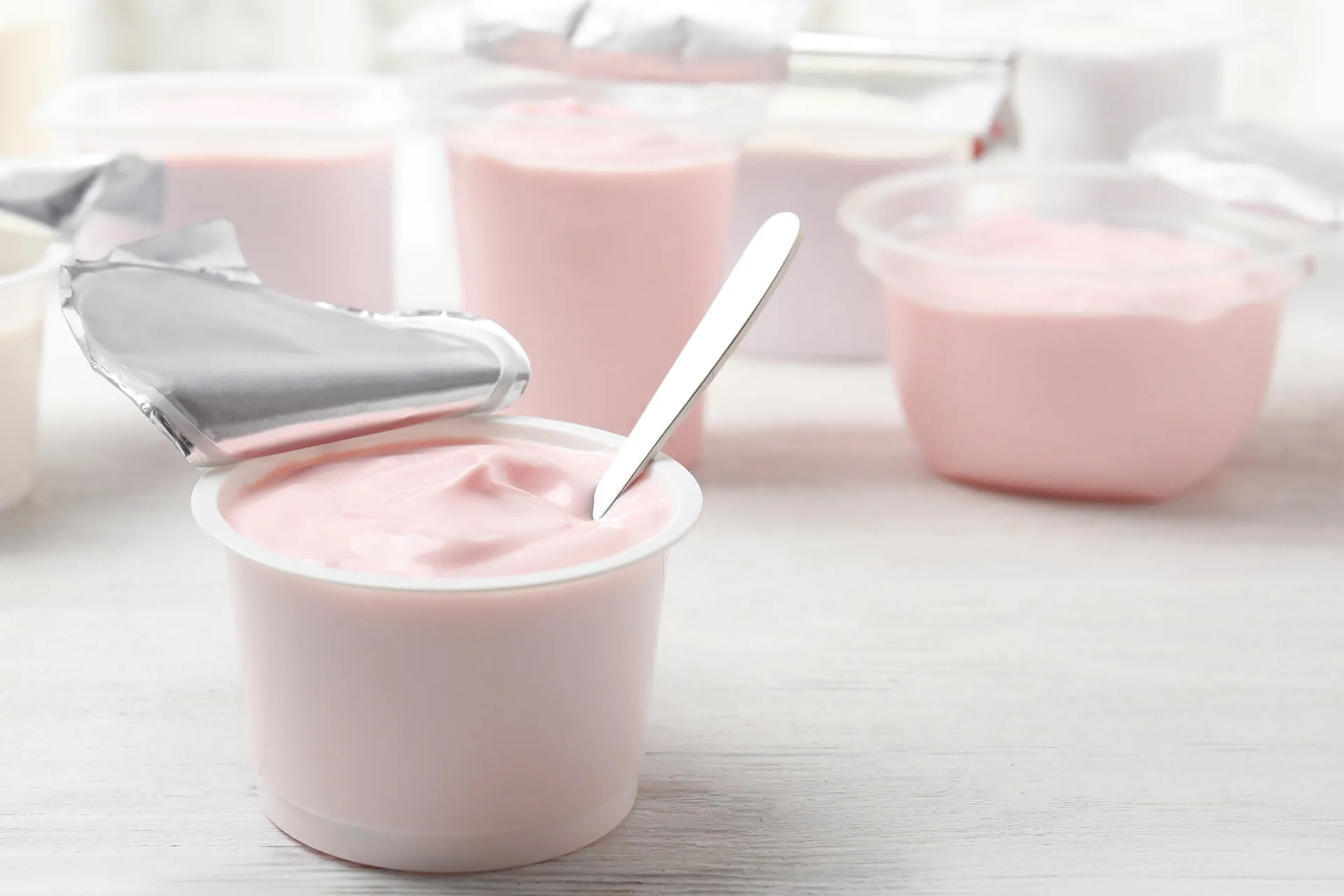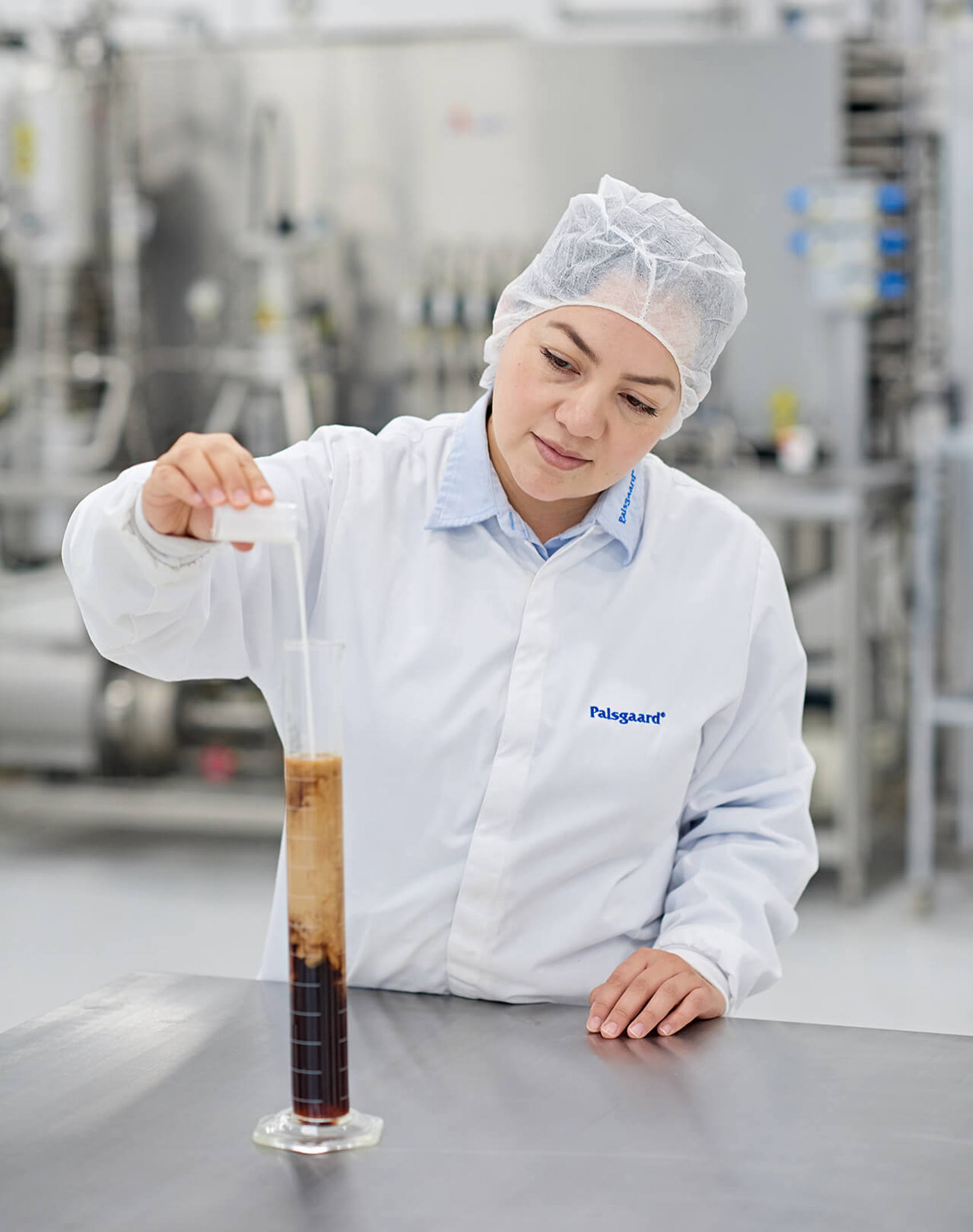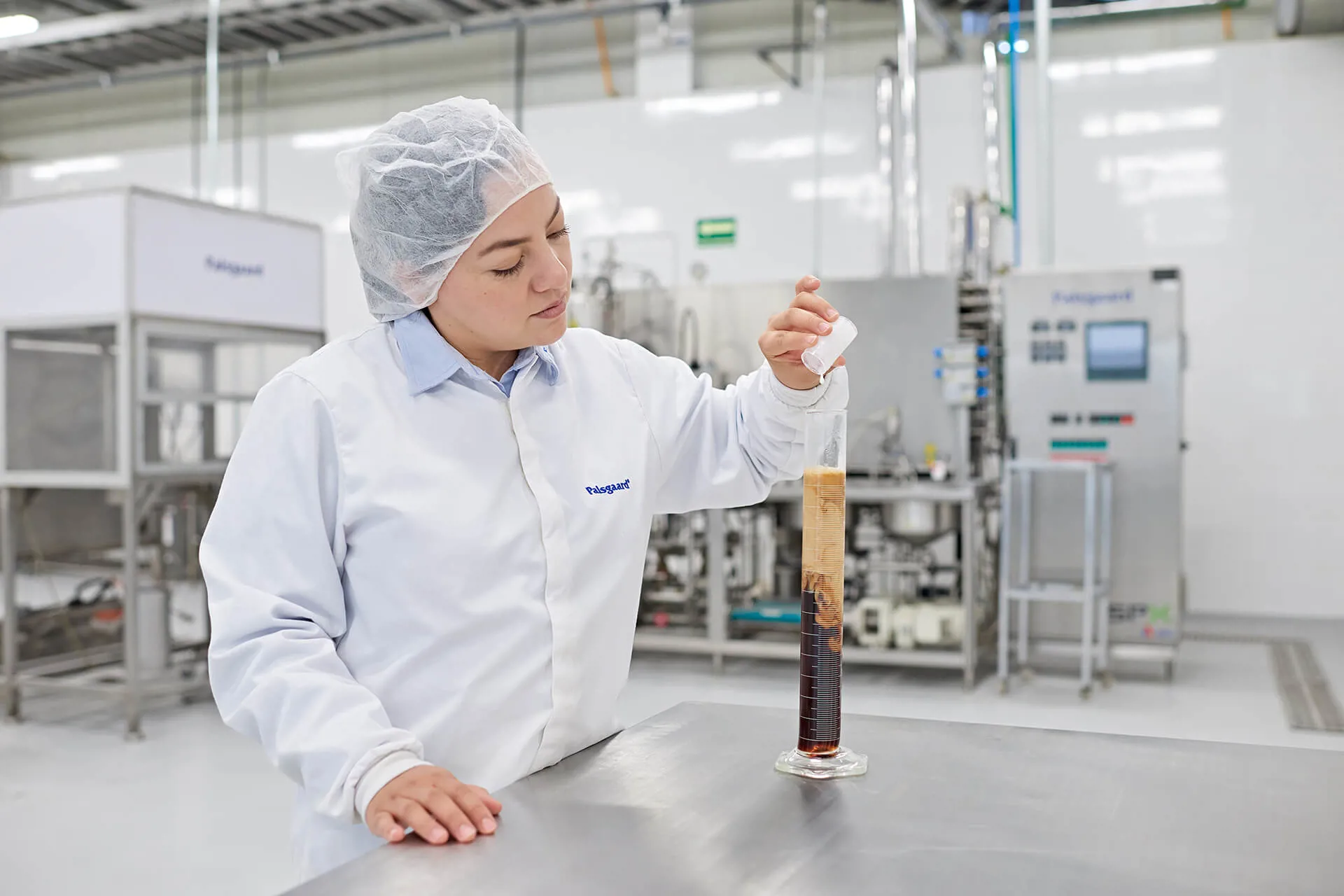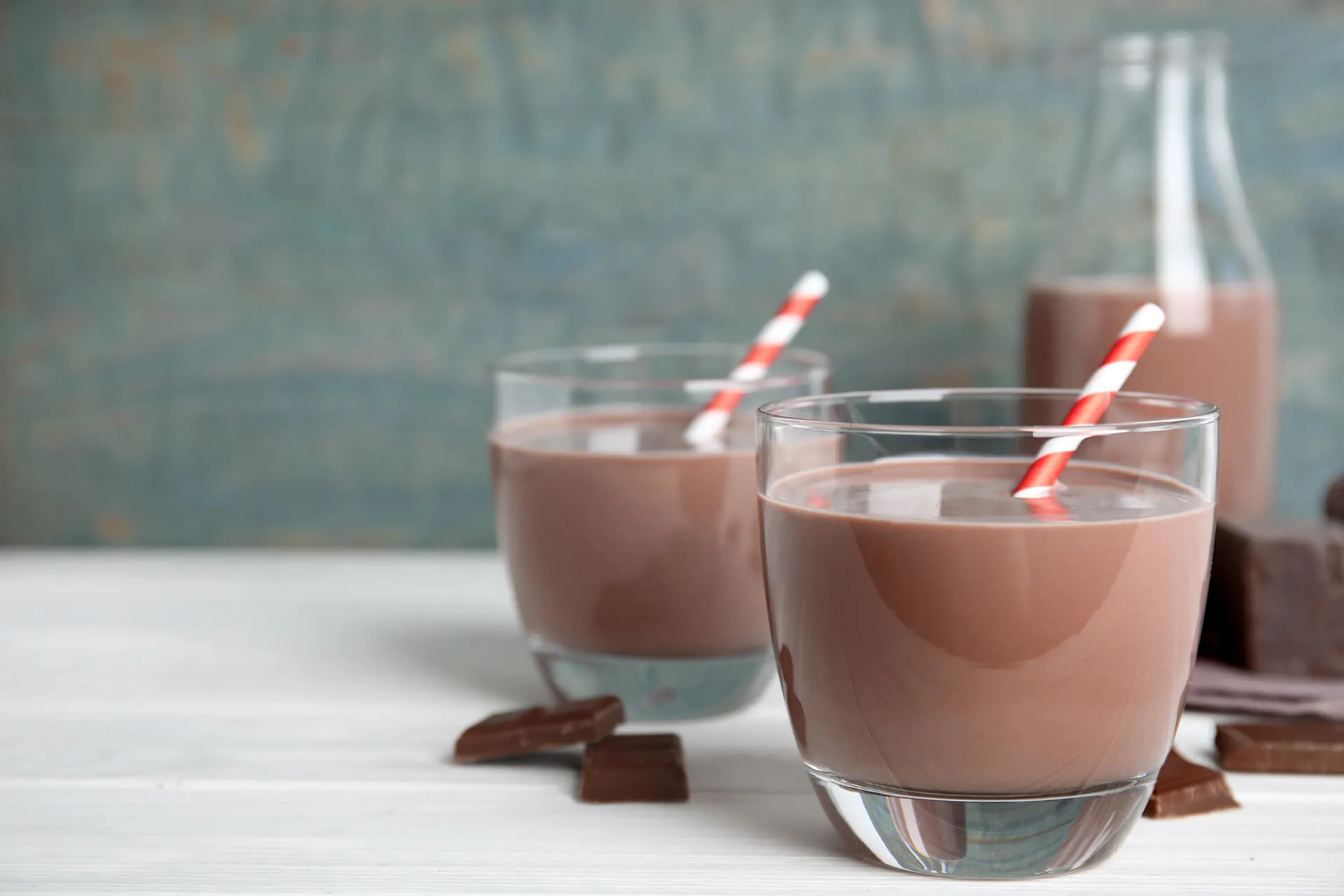
TECHNICAL ARTICLE
DAIRY
Would you like to speed up the dispersibility of your coffee whitener, enhance the whitening effect or refine the mouthfeel of your non-dairy creamer? Palsgaard's emulsifiers will help you do all that, and more.

Whether your coffee whiteners are produced in powder or liquid form, they need to dissolve easily and freely in hot coffee to obtain the maximum whitening effect. And they have to withstand the acidic environment of the liquid without feathering, too.
Emulsifiers only make up a tiny part of coffee whitener or non-dairy creamer, but they have a huge impact on the quality of the final product. This is why it's so important to choose the right ones.
Thanks to our global application centres, we can help you test your new NDC recipe and make sure it matches your customer's demands. Our R&D centre, Nexus, in Denmark has the facilities to manufacture non-dairy creamers from scratch and thereby allow us to test the effect of not only our emulsifiers but also of the different ingredients and production processes.
Contact us today to order samples of our emulsifiers for coffee whiteners and try them in our extensive library of recipe suggestions.
WE SHARE OUR EXPERTISE
Take advantage of our unique insights into consumer trends and specific local requirements, and choose Palsgaard for your next innovative project. Our experienced food technologists are experts at solving challenges within sedimentation control, emulsion stability, equipment limitations, or ingredient availability – and they are happy to share their know-how. With application centres in Denmark, Mexico, Singapore, China, India and Türkiye, help is never far away.
Watch how we can help you make the most of emulsifiers and stabilisers and read more here:

In order to meet consumer requests for NDCs with either a clean or creamy mouthfeel, there are several parameters the manufacturer must get right. For one, the mouthfeel of the NDC is affected by the type of fats used in the recipe and the Solid Fat Index and melting points of these. If the melting point is too high and a significant portion of the fat remains solid at the temperature consumed, it will give a greasy or waxy after-taste which is not desirable.
Mouthfeel is also affected by the efficiency of the homogenisation and spray drying as the size of the particles will affect the flavour release. The above is, in turn, affected greatly by the quality, type and amount of emulsifiers used in the NDC. Mono- and diglycerides and Sodium stearoyl-2-lactylate are the most commonly used emulsifiers in NDCs, but they have different qualities and affect the mouthfeel of the NDC differently. MDG/DMGs are more lipophilic, so they attach more to the fat phase, whereas SSL is more hydrophilic and attaches to the water phase. In practice, this means that by using different emulsifiers, there is a synergistic effect that allows a more stable emulsion to be obtained.
Emulsifiers also play a key role in creating a good whitening effect in the NDC as it all comes down to creating many small oil droplets to reflect light in the coffee. The emulsifiers are fundamental in stabilizing the formed small oil droplets during the spray drying process. Once the NDC is dissolved in the coffee and the oil droplets have been released, emulsifiers also have a key role to play as the environment is completely different from that of the emulsion before spraying with regards to temperatures and acidity. It is therefore highly important that the emulsifiers used can ensure functionality and stability in both environments. Emulsifiers such as SSL work well in acidic environments and help keep the fat globules small and stable. Sodium caseinate also has a stabilising effect.

TECHNICAL ARTICLE

TECHNICAL ARTICLE

TECHNICAL ARTICLE

TECHNICAL ARTICLE

TECHNICAL ARTICLE

TECHNICAL ARTICLE